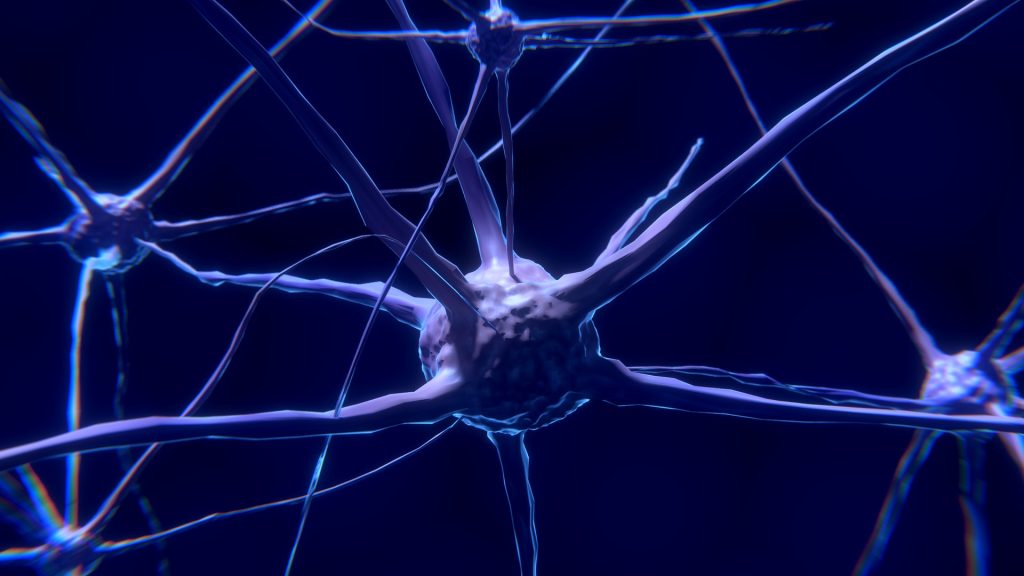
A recent study in Frontiers in Molecular Neuroscience has shown how environmental enrichment ‘opens up’ chromosomes through the action of ‘master switches’.
Environmental enrichment, that is, making stimulating and interesting surroundings, is often used in zoos, laboratories, and farms to stimulate animals and increase their wellbeing.
Stimulating environments are better for mental health and cognition because they boost the growth and function of neurons and their connections, the glia cells that support and feed neurons, and blood vessels within the brain. But what are the deeper molecular mechanisms that first set in motion these large changes in neurophysiology?
The study investigators utilised a large molecular toolbox to map how environmental enrichment leads to changes in the 3D organisation of chromosomes in neurons and glia cells of the mouse brain, which change the activation of some genes within the genome.
They show that genes which in humans are important for cognitive mental health are particularly affected, possibly leading to new treatments.
Chromosome ‘opens up’ with enrichment
“Here we show for the first time, with large-scale data from many state-of-the-art methods, that young adolescent mice that grew up in an extra stimulating environment have highly specific ‘epigenetic’ changes—that is, molecular changes other than in DNA sequence—to the chromosomes within the cells of the brain cortex,” said corresponding author Dr Sergio Espeso-Gil from the Centre for Genomic Regulation in Barcelona, Spain.
He continued, “These increase the local ‘openness’ and ‘loopiness’ of the chromosomes, especially around DNA stretches called enhancers and insulators, which then fine-tune more ‘downstream’ genes. This happens not only in neurons but also in the supportive glia cells, too often ignored in studies about learning.”
The team raised mice for the first month after birth in social groups inside housing with Lego blocks, ladders, balls, and tunnels that were frequently changed and moved around. As a control, other mice were raised in smaller groups inside standard housing. The researchers then used a variety of tools to pick up molecular changes in neurons and glia cells within the brain cortex. These included alterations in the 3D structure of chromosomes, particularly the local “chromatin accessibility” (openness) and “chromatin interactions” (where distant genes are brought together through loops, to coordinate activity). Chromatins are the proteins which make up chromosomes, carrying DNA and the proteins to package them.
Epigenetic ‘master’ switches
They show that two ‘master’ switches operational after environmental enrichment increase chromatin interactions and another increases chromatin availability, important for the pyramidal neurons involved in cognition. A third works on a key chromosomal protein histone H3, activating nearby genes as a result.
These switches mainly occur around genomic regions that contain enhancers, regulatory DNA that (when bound to proteins called transcription factors) can activate neighboring genes. Also affected were genomic regions with insulators, regulatory DNA that can override the gene-activating effect of neighboring enhancers.
The team concluded that growing up in an enriched environment causes highly local and specific epigenetic changes in neurons and glia cells. These then mostly increase the activity of a few genes within the genome.
Mental health in humans
“Our results show that many of the genes involved are known to play a role in the growth and differentiation of neurons, the development of blood vessels, the formation and patterning of new synaptic connections on neurons, and molecular pathways implicated in memory and learning in mice,” said Dr Espeso-Gil.
“And when we look for parallel regions in the human genome, we find many regions that are statistically associated with differences in complex traits such as insomnia, schizophrenia, and Alzheimer’s in humans, which means that our study could inform future research on these disorders. This points to the potential of environmental enrichment in therapies for mental health. Our research could also help to guide future research on chromatin interactions and the poorly known importance of glial cells for cognitive mental health.”
Source: Medical Xpress
Journal information: Sergio Espeso-Gil et al, Environmental Enrichment Induces Epigenomic and Genome Organization Changes Relevant for Cognition, Frontiers in Molecular Neuroscience (2021). DOI: 10.3389/fnmol.2021.664912

